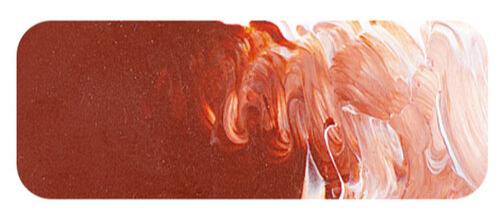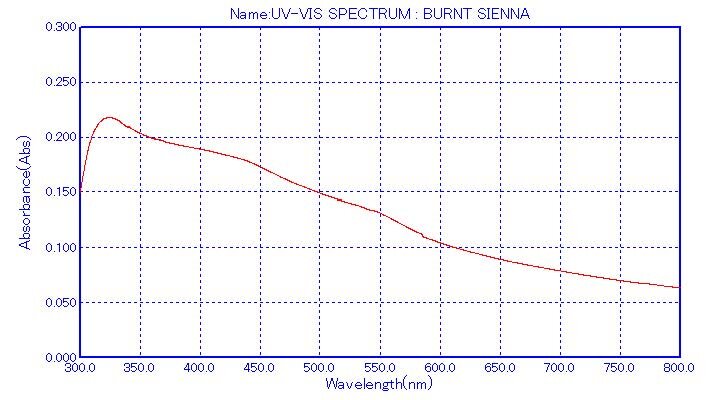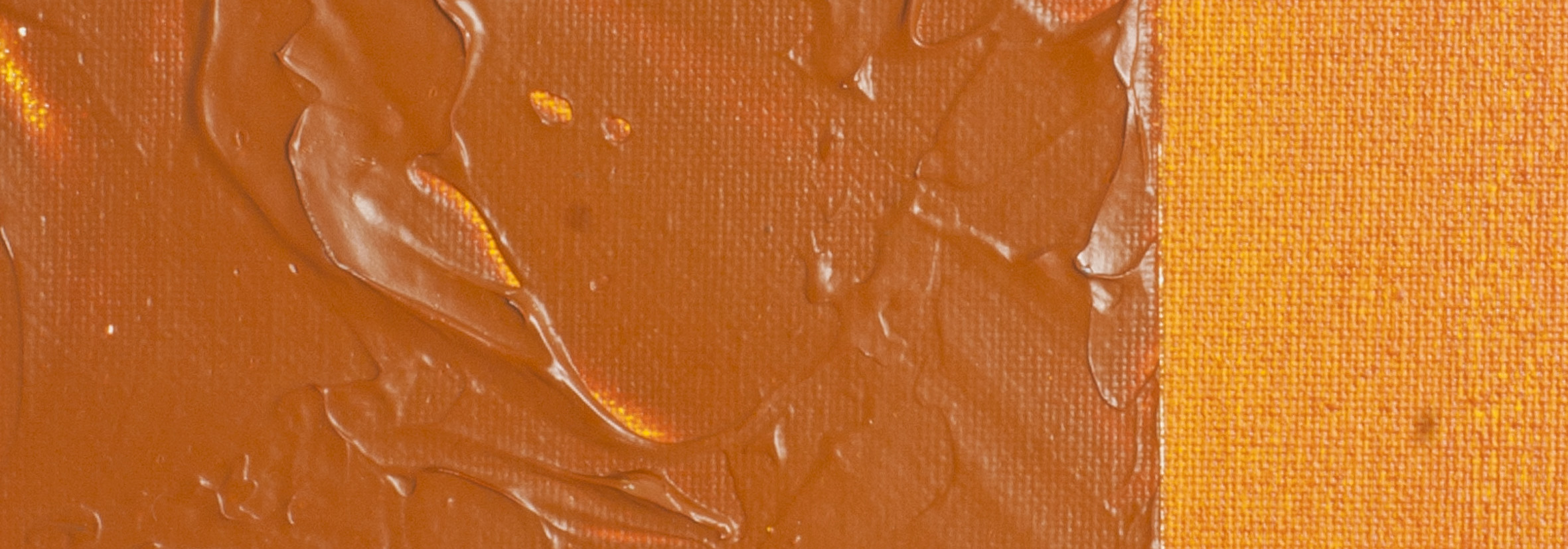Burnt Sienna | Matisse acrylic paint
化学物質の概要:合成および天然の酸化鉄
Pigment Numbers: PBr7 PR101
Lightfastness Rating: ASTM I
Pigment Opacity: Transparent
Paint Opacity: Semi-Transparent
シリーズ1

Burnt Sienna | Matisse acrylic paint
Historical Origins: A Renaissance Marvel
The exact inception of Burnt Sienna pigment remains shrouded in uncertainty, but its birthplace was undoubtedly Italy, gaining prominence during the Renaissance. While earth colours are often perceived as ancient, the reality is that burnt earth pigments, including Burnt Sienna, solidified their status only in the last 500 years. Raw Sienna deposits, a precursor to Burnt Sienna, were considered a "lower quality" yellow since Roman times but witnessed a surge in demand during the Renaissance, depleting the original sources by the 1940s. Sardinia, Sicily, and the US emerged as primary suppliers, with around 80% of Raw Sienna mined earmarked for Burnt Sienna production.
The Art and Science of Production: Roasting Raw Sienna
Creating Burnt Sienna involves the meticulous roasting of Raw Sienna in kilns. The process drives water from the molecular structure of the iron oxide in Raw Sienna, leaving only oxides behind. This production is both an art and a science, with skilled pigment makers manipulating temperature and time in the ovens to yield a spectrum of colours. The range extends from the light orange hues of "half-burnt Sienna" to the deep reddish-orange browns preferred by artists.
Temperature Alchemy: The Fiery Undertone
Although the temperatures employed are not excessively high, the transformative effects are profound. Raw Sienna undergoes noticeable changes after a few minutes at 200 degrees. Matisse Burnt Sienna, in particular, exhibits a fiery undertone, thanks to the addition of a small amount of Transparent Red Oxide during manufacturing.
Versatility in Traditional Techniques: Portrait to Landscape
Burnt Sienna has maintained popularity across traditional techniques since its inception. It emerged as the ideal brown for warm skin tones, securing its place in the standard palette for portrait and figure painting. Simultaneously, landscape artists found it to be the perfect colour for crafting a range of browns and dark earthy greens. Despite facing recent competition from Transparent Red Oxide, artists appreciate the complementary strengths and differences of the two colours, allowing them to coexist harmoniously.
Colour Characteristics and Applications: A Workhorse on the Palette
Functioning as a great starting point for warm mid-browns, Burnt Sienna distinguishes itself from Red Oxide by leaning more towards brown and dark orange. This distinction becomes evident in tints with Titanium White. Its affinity for warm colours in hair, especially reddish hues, makes it a go-to choice. Burnt Sienna seamlessly integrates with transparent red colours, creating rich leathery tones when mixed with Primary Red. However, its true strength lies in making nuanced adjustments within mixtures, enhancing greens, flesh tones, and various earth colours in landscape painting. Its enduring popularity as a general workhorse on the palette attests to its timeless appeal and versatility across artistic endeavours.

Safety Data Sheet for Matisse Burnt Sienna (SDS)
To view or download a copy of Burnt Sienna SDS, please CLICK HERE * (271kb)
*The above link will open an external Dropbox window
Burnt Sienna is available in Matisse Structure, Matisse Flow, Matisse Fluid

To install this Web App in your iPhone/iPad press ![]() and then Add to Home Screen.
and then Add to Home Screen.

